Daylight Dread
Pawel Pogorzelski / Midsommar
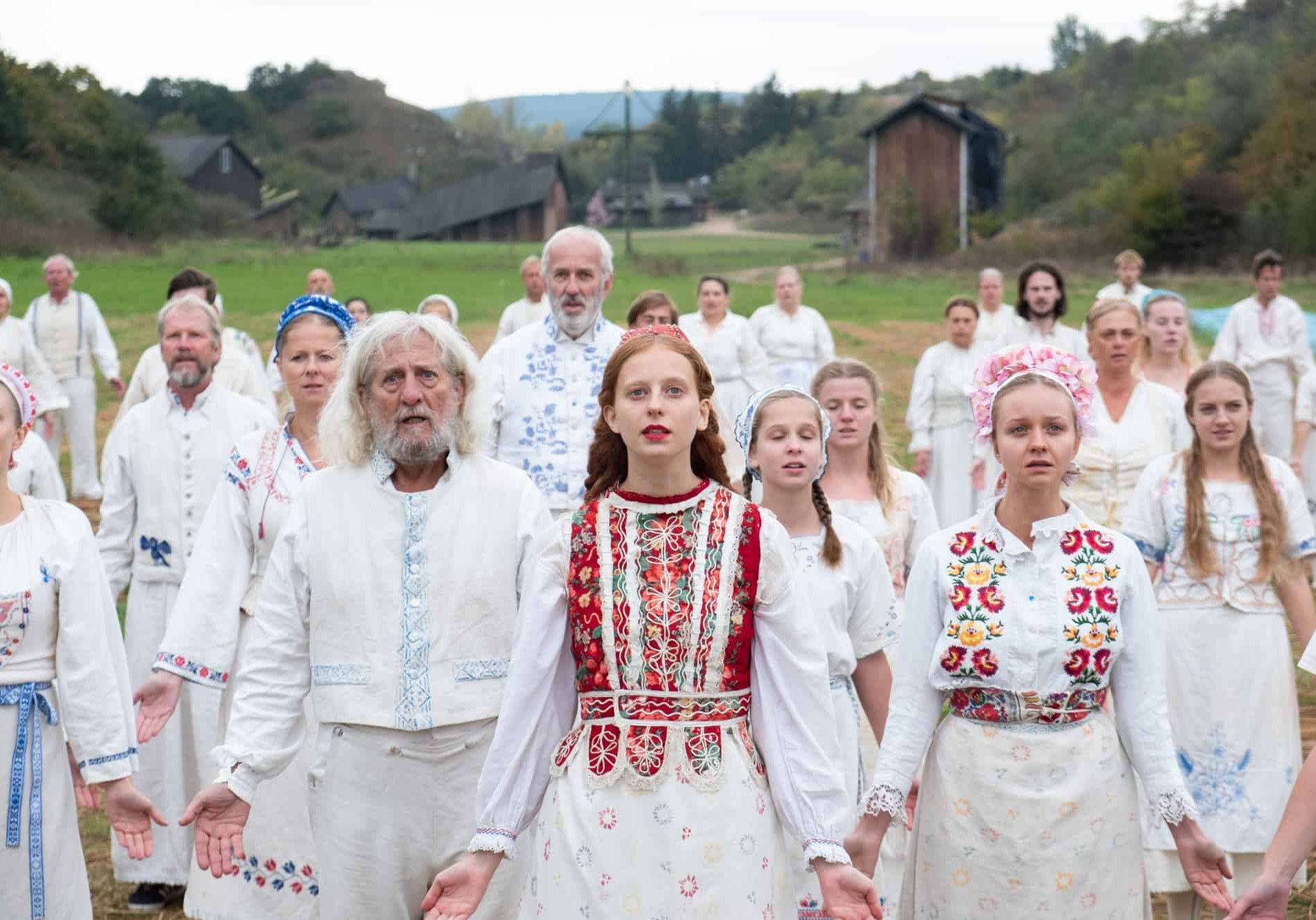
Daylight Dread
Pawel Pogorzelski / Midsommar
If Ari Aster's directorial debut, Hereditary (2018), left audiences and critics alike in paroxysms of horrific delight, then his sun-drenched, hallucinatory follow-up feature, Midsommar, looks set to cast a similar spell. And perhaps, in the fullness of time, it may turn out to be a cult classic too.
Both A24 movies were shot by Canadian DP Pawel Pogorzelski, after he and Aster had already enjoyed a fruitful collaboration on many short movies whilst both attending the AFI Conservatory in LA.
"Ari and I met at AFI in 2008. We got a liking of each other's taste in movies right from the start. After AFI, we just kept partnering-up on shorts together and building a career together," says Pogorzelski, who shot Aster's controversial 2011 short The Strange Thing About the Johnsons. "For me, Ari is family. Over time we have developed a great shorthand together. He really pushes the envelope, and I love being part of that."
Midsommar follows a young American couple, whose relationship is in trouble, as they travel to a fabled Swedish midsummer festival, which only takes place once every 90 years in a village called Hårga. But, the seemingly pastoral paradise transforms into a sinister, dread-soaked, daytime nightmare as the locals gradually reveal their terrifying pagan agenda. The US/Swedish co-production film stars Florence Pugh, Jack Reynor, William Jackson Harper, Vilhelm Blomgren, Archie Madekwe, Ellora Torchia and Will Poulter.
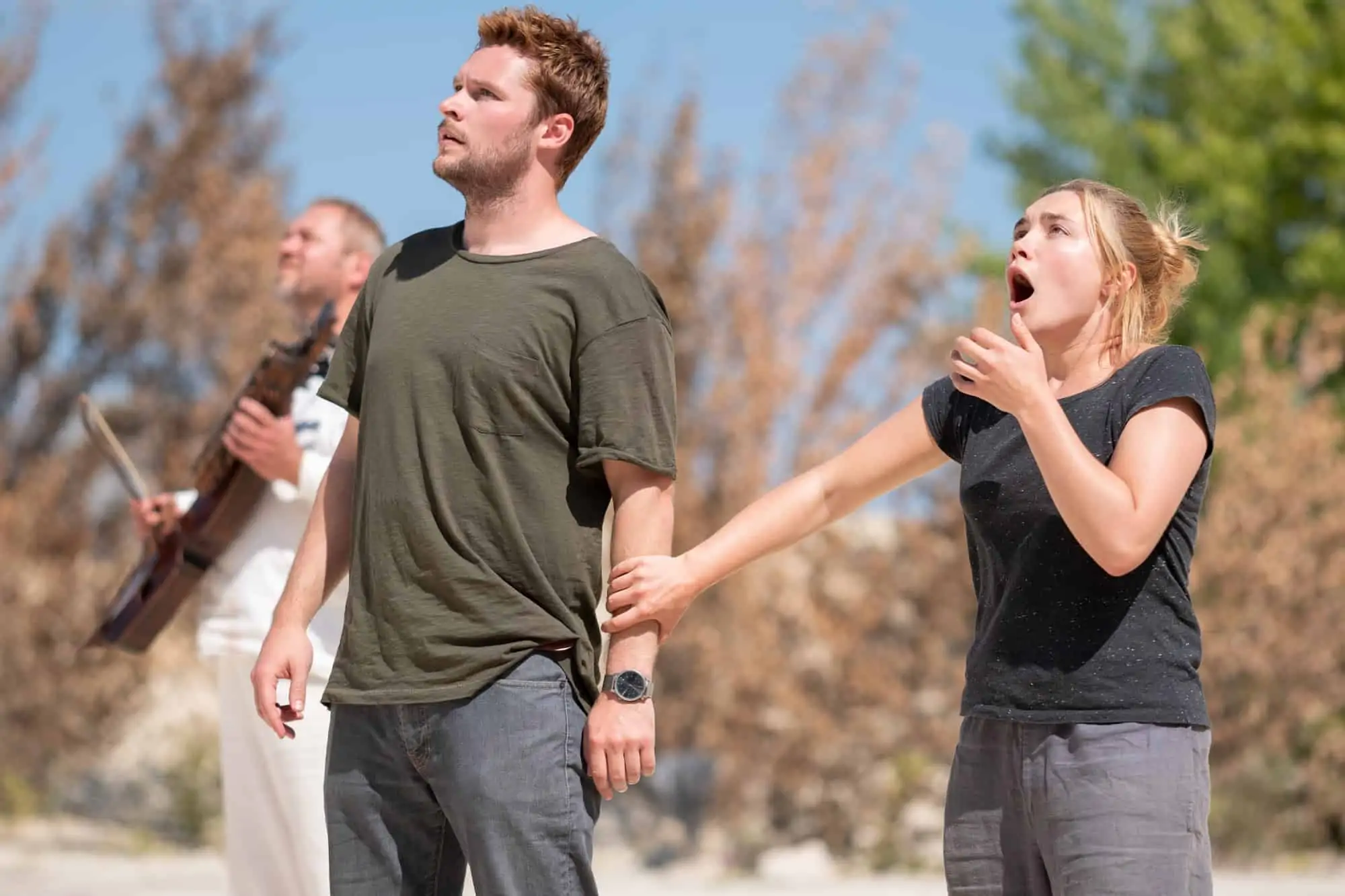
Principal photography on Midsommar began on August 6th, 2018, in a secluded valley location in the countryside near Budapest, Hungary, where the Hårga village set and temple were constructed, before wrapping in October. Production also later encompassed winter exteriors in Sweden, and a stint in Salt Lake City, Utah for additional interior/exterior scenes.
"I first learned about Midsommar four years ago, at about the same time as Hereditary. There was a debate about which one would go first - Hereditary or Midsommar - and Hereditary got more wind at the time. So I had a long time to think about this production and how we would shoot it," says Pogorzelski.
"As the action is set in Northern Sweden in the summertime, where there is always light, this was always going to be a very bright-looking production. So very early-on, in March 2018, we started extensively testing cameras and lenses in this regard."
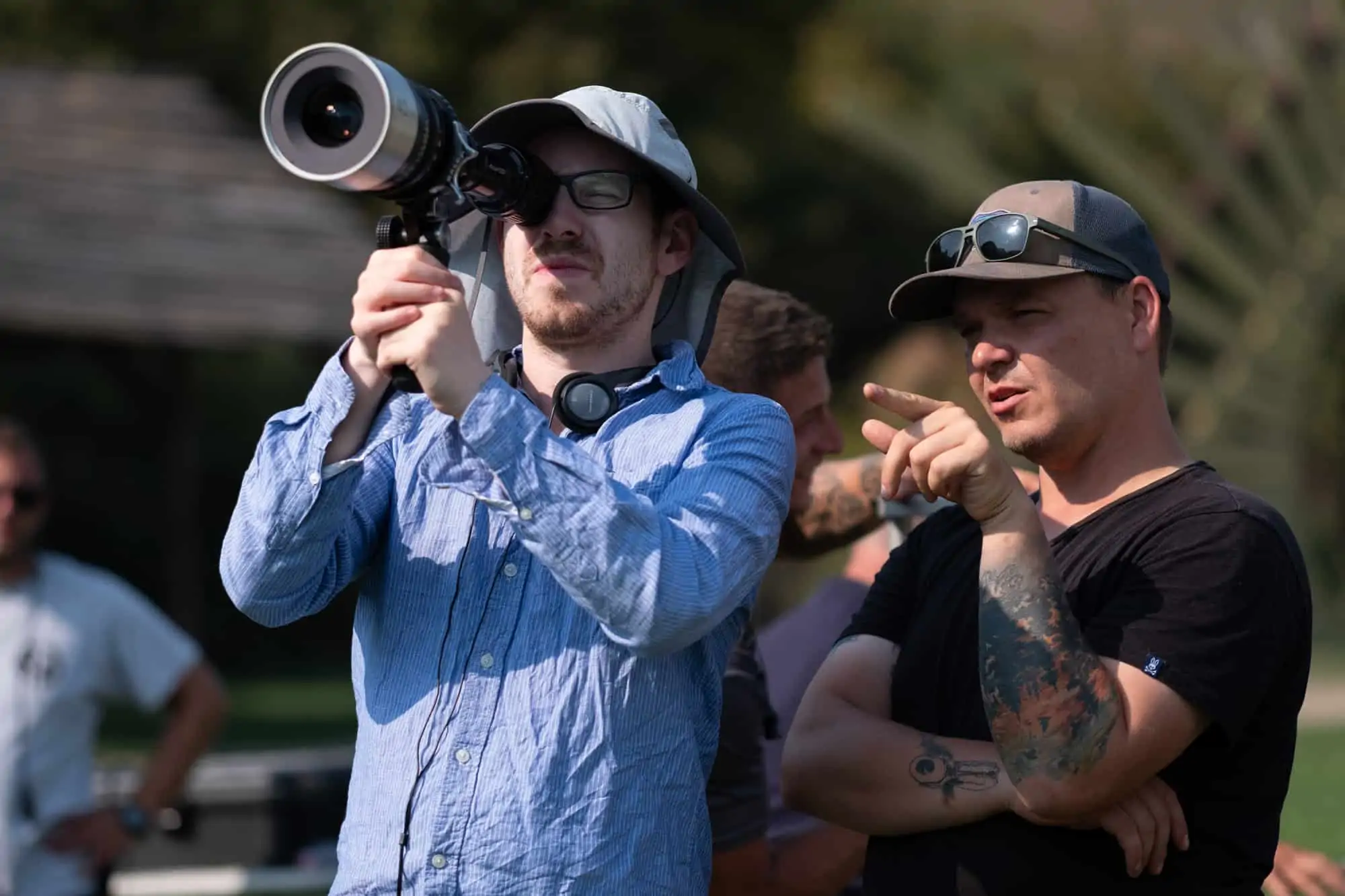
References included Black Narcissus (1947, dirs. Michael Powell/Emeric Pressburger, DP Jack Cardiff BSC), for the pastel rendition of the colours, especially foliage, produced by the 3-strip Technicolor process, and The Master (2012, dir. Paul Thomas Anderson, DP Mihai Mălaimare Jr.) for its close-up and extremely wide lenswork.
The upshot was that Pogorzelski selected the Panavision DXL2 8K camera, fitted with Primo Artiste lenses and shooting in 5K for the movie's more claustrophobic opening scenes in the US, transforming to Primo 70s and taking advantage of the camera's large format 8K sensor for the grander village scenes. The aspect ratio for the production was 2:1.
"I was never a big fan of the Red camera and was a little apprehensive as to whether I would like the DXL2," Pogorzelski admits. "But, Ari and I were really impressed with what Light Iron had put into the colour science, and the latitude of camera to capture white gowns in bright sunshine was just what we wanted for the film.
"In combination with a LUT, that I created with Joe Gawler at the DI company, Harbor, in NYC, and rating the camera at 1600ISO, I could light and expose to the edge of where the image clipped, yet it still get that pastel look, without the image being too sharp or contarsty.
"The Artiste lenses evoke a quality reminiscent of vintage optics, with a painterly look, and are a little softer, while the Primo 70s have consistency from edge-to-edge and less distortion, which was perfect for the very wide wides we wanted to shoot at 8K."
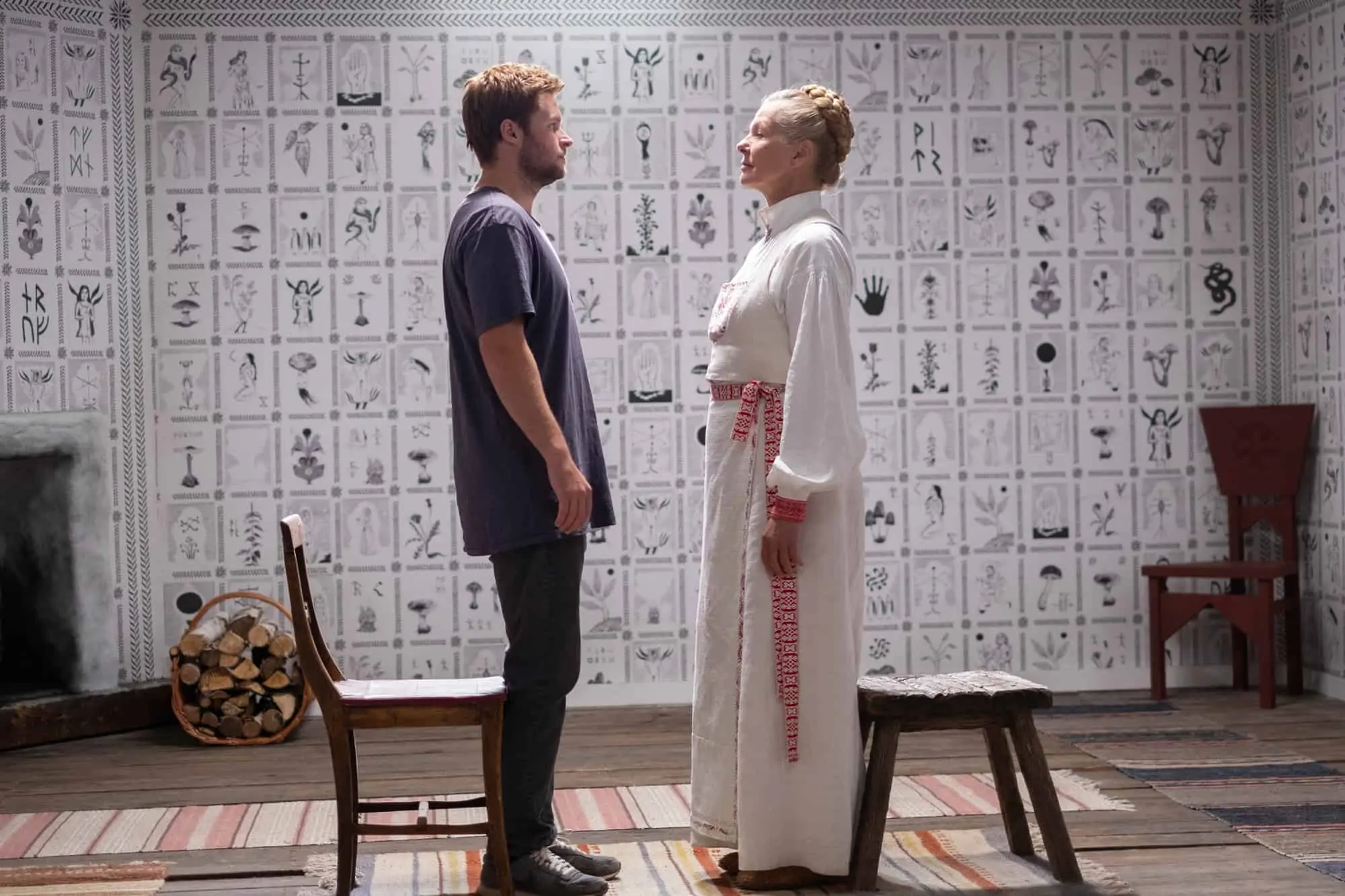
"More often than not, I had to control the light and contrast by bringing in several 20 x 20 frames. Depending on the need, I could cover them with Ultrabounces or muslins, and use them singly or together as long unit, either to protect an actor or the crowd from harsh sunlight, or bounce light as a way of emulating natural light when there was not enough. All of that was a pretty big challenge."
- Pawel Pogorzelski
Camera gear for the European leg of the shoot was supplied by Panavision in London, with local support provided by Sparks in Budapest. "We really needed to shoot on the DXL2. Thanks to Hugh Whittaker and the team at Panavision, we ended up getting everything we needed, and they played an instrumental role in getting the film to look the way it does today."
Pogorzelski says the Hungarian leg of Midsommar proved a challenge in several respects.
"First off, it was unrelentingly hot, pretty much 35ºC every day. We all had to fight to keep up our energy levels over the course of the weeks we were shooting mainly outside there. That said, we got rained-out twice by ferocious storms, and some of the sets were blown apart by gusts of wind."
Controlling and keeping a consistency to the light on a large number of exterior wide, mid and tight close-ups, was the other major task - whether it was sunny or not.
"We had to keep a careful eye on the sun and its path," says Pogorzelski. "We might shoot a wide with as many as 200 extras at the lunch tables, that would need to match with a mid-shot or a close-up. But sometimes hair and make-up might take longer than expected, and the light would change. This meant we had to quickly improvise with a lighting plan and adjust the blocking accordingly. At other times we simply could not depend on consistent sunshine, which sometimes meant having to wait for clouds to roll over.
"So, more often than not, I had to control the light and contrast by bringing in several 20 x 20 frames. Depending on the need, I could cover them with Ultrabounces or muslins, and use them singly or together as long unit, either to protect an actor or the crowd from harsh sunlight, or bounce light as a way of emulating natural light when there was not enough. All of that was a pretty big challenge."
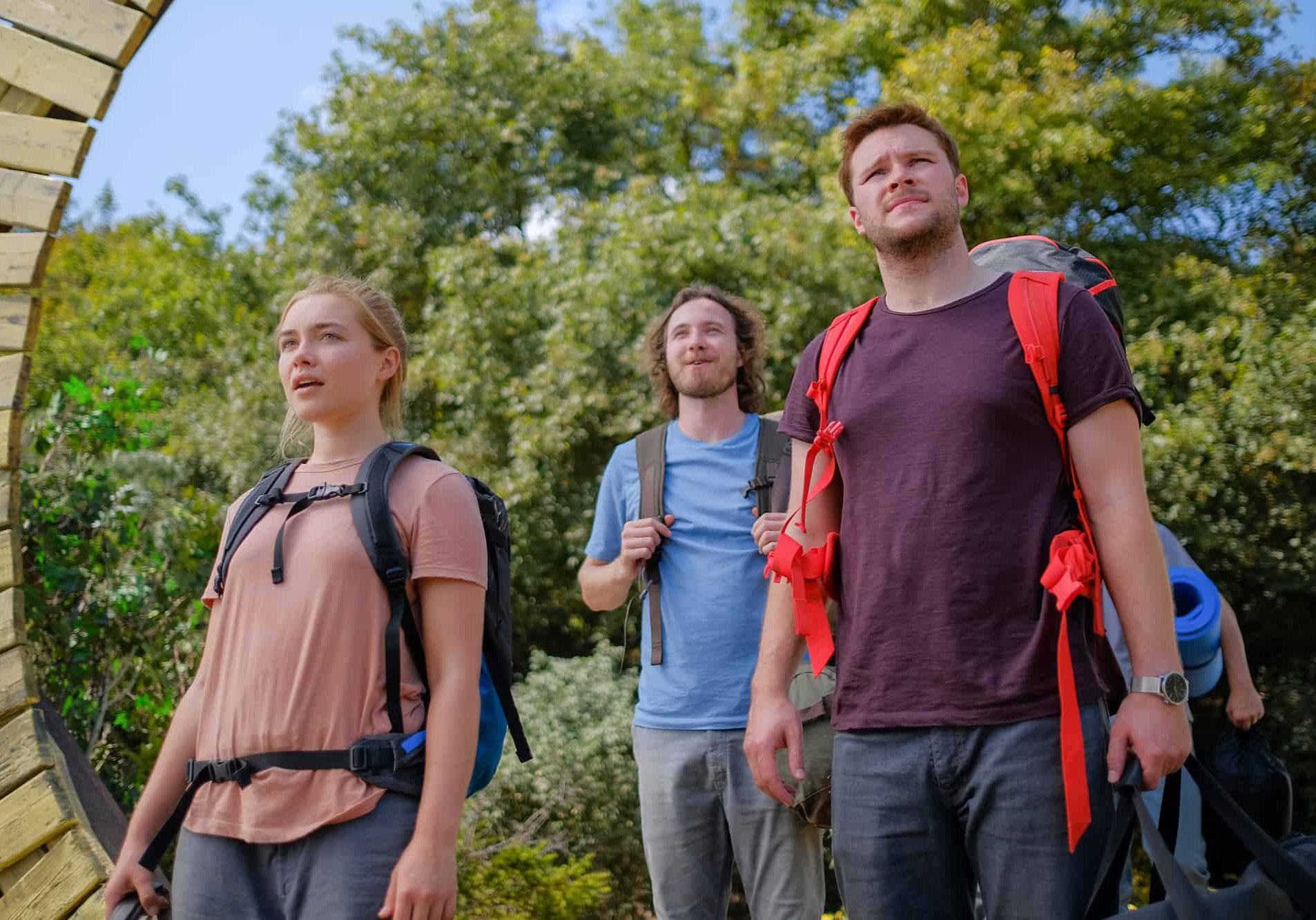
Pogorzelski says the movie's climactic sequence, which contains scenes of an adult nature in the temple, proved to be one of his favourites, although not at the time of shooting it.
"It was the final scene in our time at the village set in Hungary, and turned out to be an 18-hour day. We were so exhausted, running on I don't know what sort of fumes," he remarks.
"The temple was very strangely-shaped, with a skylight opening at one end. I used 18Ks and a 20 x 20 Ultrabounce to control the light, and a range of LED fixtures inside to provide edge highlights. The cameras dollied around the two main actors, who were encircled by singing on-lookers - all of them naked. Everyone was very brave - the cast as well as the crew - and the way things came together was tough, but the result is really quite magical."




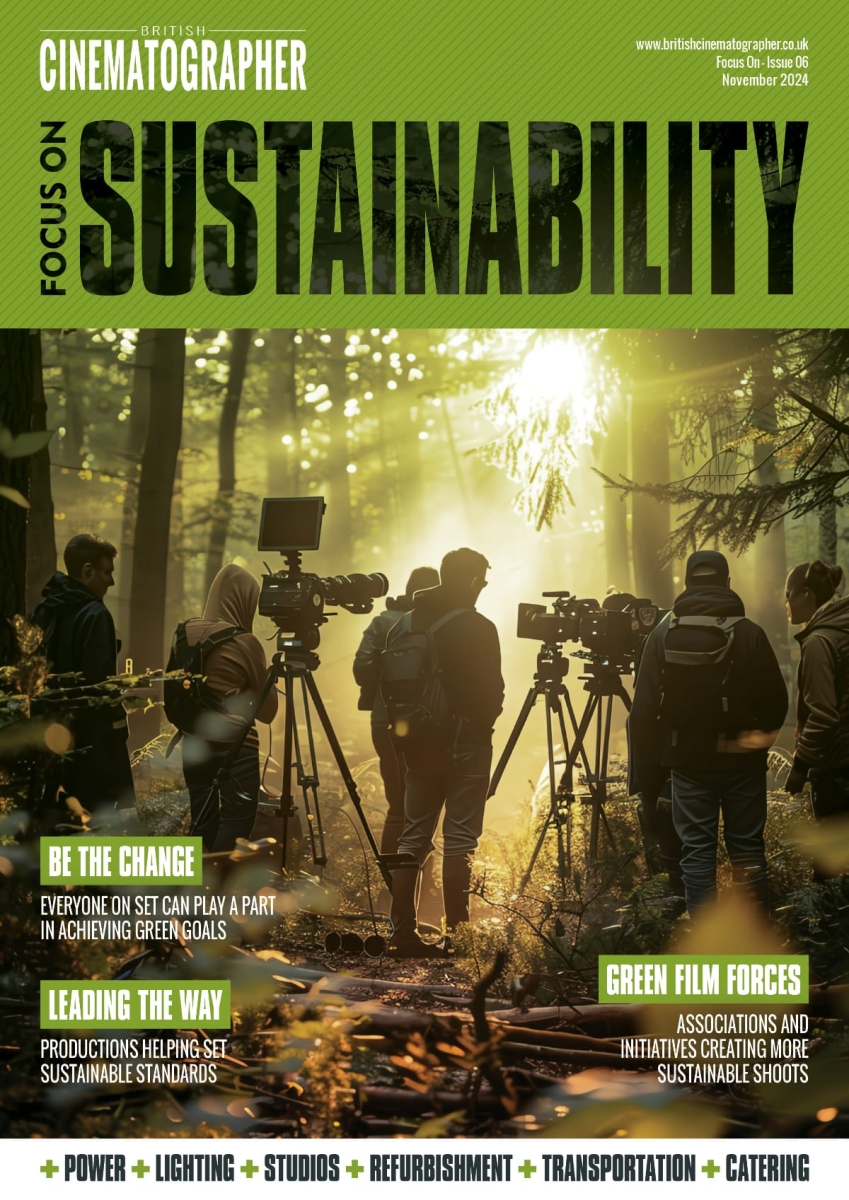
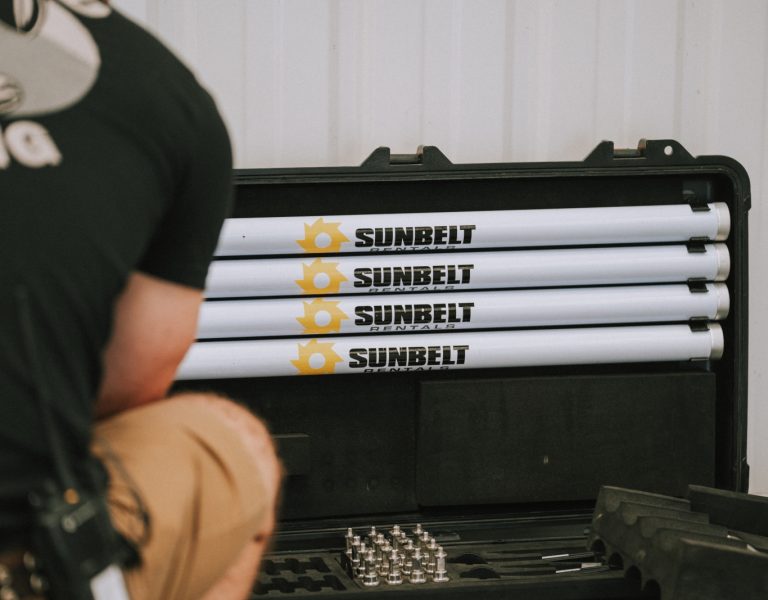
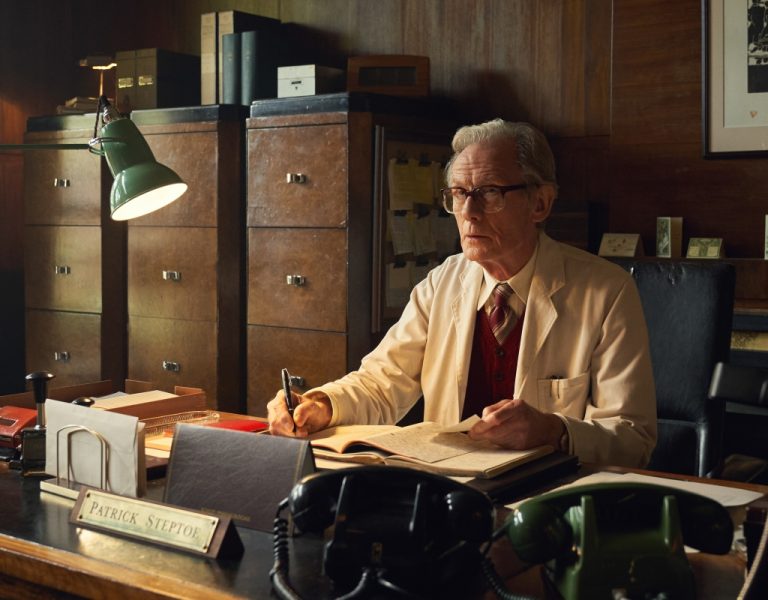
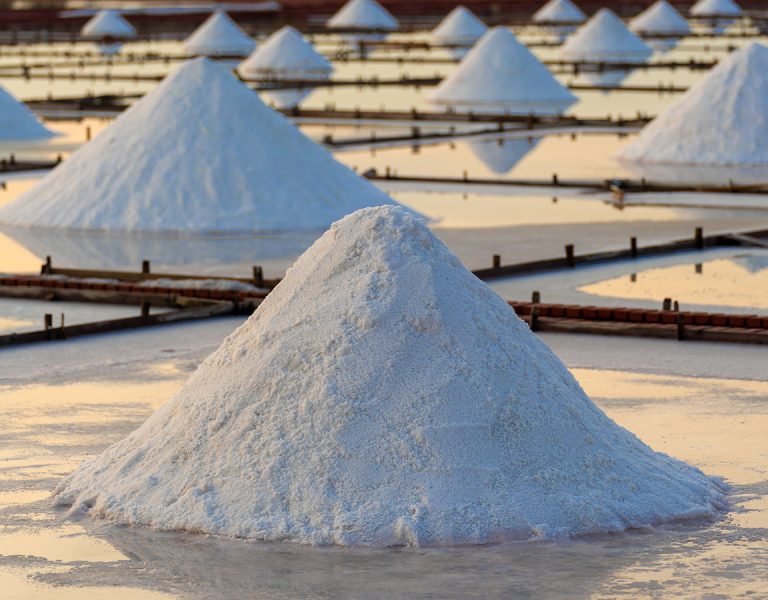
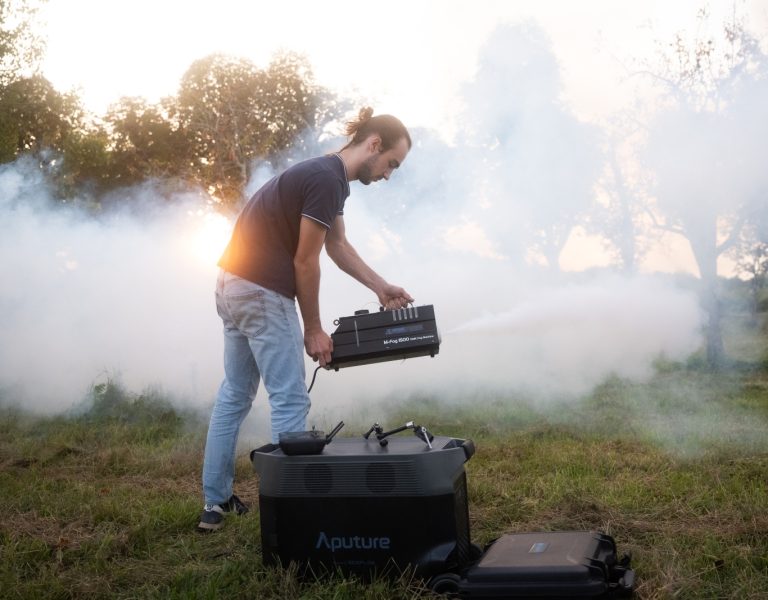
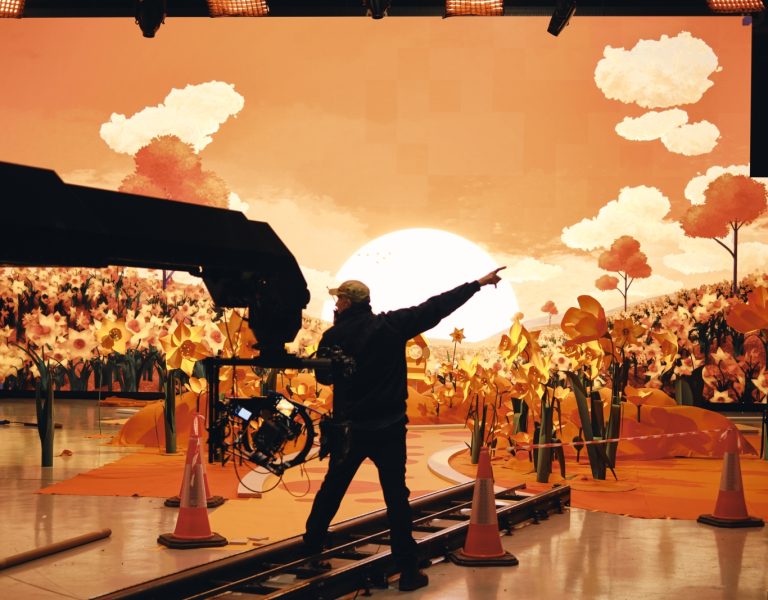





Comment / Karl Liegis, head of production, 60Forty Films